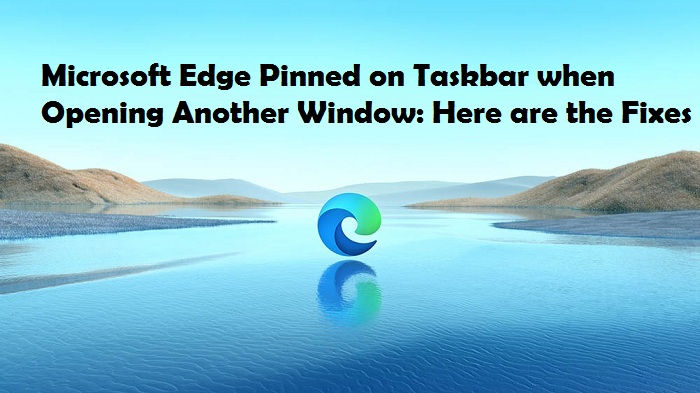How to Overclock your GPU?
- miawatson786

- Oct 5, 2020
- 4 min read
In this article, we will discuss the steps with which you can overclock your GPU. If you have purchased a new graphics card, then you will definitely want to obtain from it, as much performance as you can.

Performance matters the most when it comes to PC games. Be it through updating the drivers, game patches, software tweaks, or even the warranty-busting modifications; gamers always want to boost the performance of their rigs in different ways.
Opting for powerful hardware is one of the easiest options when it comes to getting performance gains. In case you don’t have sufficient balance to buy new gear, you can overclock the hardware you already own.
To boost the performance of your system, you can overclock the processor, system memory, and graphics card of your PC. But to increase your gaming performance, you need to overclock its graphics card.
We have discussed the ways with which you can overclock your GPU with the help of free tools that work on a variety of hardware ranges.
Before Beginning Make Sure You Know these Details
But before you begin the process, there are a few points to be considered before you overclock graphics cards, including power requirements, cooling, and general system stability.
Overclocking means to run the graphics card above its memory frequencies and stock GPU. This will no doubt result in higher power consumption, and more heat will be produced as output. Most of the modern GPUs come with coolers that have at least some headroom in order to accommodate overclocking up to some level; however, in other cases, you would require additional cooling.
Overclocking a graphics card results in significant power consumption. This is because your system would need more power to run the GPU of the card and memory at frequencies higher than the normal.
If your system is already using an extensive power supply, overclocking might make your system unstable, or worse.
Get a power meter and plug it between your PSU’s power cable and wall outlet so that it can tell you how much power your rig is using. In case it comes out that your system is consuming less than your PSU’s output, then overclocking might be safe to perform. However, before you perform overclocking, update your graphics drivers and benchmarking graphics performance. If after overclocking, you are not getting better output, and instead, your system is getting hotter and consuming more power, then the overclocking would be of no use.
Lastly, bear in mind that overclocking might damage your system for a long-term and shorten the lifespan that your graphics card carries. Also, overclocking might technically void your warranty.
Tools Required for Overclocking
There’s a wide range of hardware makers and independent software developers who offer free tools for overclocking graphics cards.
Due to its simplicity and straightforwardness, we have to use the MSI Afterburner. To use this utility, you need to download it from MSI’s website and install it on your system.
We would suggest you to avoid messing around with enough voltages. If you pump too much voltage into your GPU, you could damage it. Voltage bumps up to 1- 2-millivolt are generally considered as safe. However, in those too, there aren’t any guarantees.
How to Overclock your GPU?
In order to get a baseline for your unaltered system, run some benchmarks before overclocking.
Then launch the MSI Afterburner utility. Set the power and temperature limits. In most graphics cards, 10% power and a maximum temperature limit in the low- to mid-90’s Celsius is ideal.
While you are overclocking your graphics card, alter the GPU and memory clocks individually to be on the safer side from any possible instability.
Start it slowly, with core GPU clock frequency to only 10MHz at a time. Save the changes after you bump it up. You can then fire up your benchmark software and wait for some time to check if any system instability or graphical errors occur like sparkling flashes of light, odd color blobs, and more.
If all is good, you can bump the card to another 10MHz and so on. As soon as you start noticing artifacts, you will have to reduce the clock frequency until they disappear entirely. You should then make a note of the final peak clock speed, and reset everything back to standard settings.
You then have to repeat the same process for the memory clock speed of your graphics card. Once you are aware of the peak frequency of both, you need to set the memory and GPU to those speeds at the same time, and then you have to do a final benchmark test so that you can verify the stability. If everything is stable and running correctly, you have accomplished your task.
In case, your system becomes unstable, or you see weird visual artifacts, then you need to bring back the frequencies down to a few MHz for both, and then you need to test for stability or visual artifacts one more time.
In case your system is stable after overclocking, but the performance of the system decreases, then reduce the GPU and memory frequencies until the performance of your system is proper.
Summary
Without any doubt, the performance of the GPU increases by overclocking, but this additional performance may result in higher temperatures and increased power consumption, alongside risks. Any miscalculation may lead to damages. However, if everything works out for you, then you can play your favorite game with framerates.
Mia Watson is an avid technical blogger, a magazine contributor, a publisher of guides at Blogs Book, and a professional cyber security analyst. Through her writing, she aims to educate people about the dangers and threats lurking in the digital world. Visit My Site, 360modo.uk.com
Source: Overclock your GPU



Comments